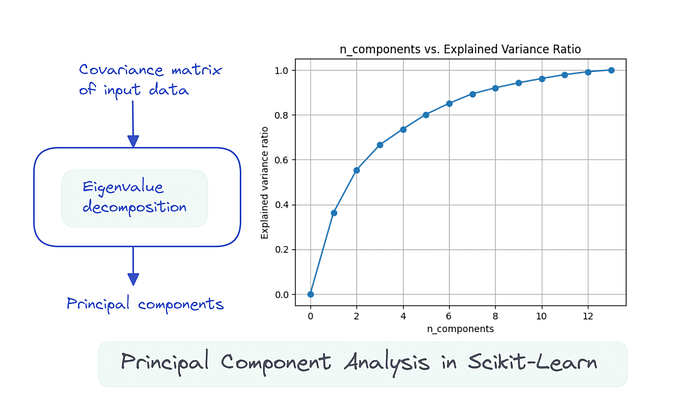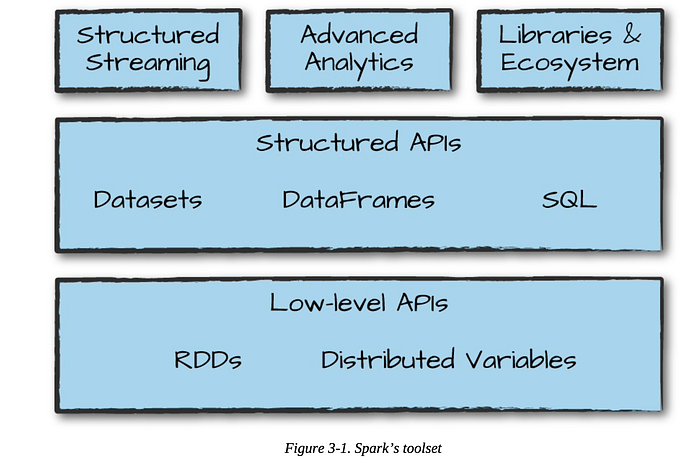Principal Component Analysis (PCA) Part 2: Machine Learning Interview Prep 15
Principal Component Analysis (PCA) is a method used to simplify complex data by reducing its dimensions. It works by transforming the original variables into a new set of variables called principal components. These components are ordered by the amount of variance they capture in the data, with the first component explaining the most variance. By retaining only a few principal components, PCA helps in understanding data while preserving its essential information. It’s like summarizing a large story into key points, making it easier to grasp and analyze.

Let’s check your basic knowledge of Principal Component Analysis (PCA). Here are 10 multiple-choice questions for you and there’s no time limit. Have fun!
- What is the primary goal of Principal Component Analysis (PCA)?
(A) Classification
(B) Clustering
(C) Dimensionality reduction
(D) Regression - In PCA, what are the principal components?
(A) Features of the dataset
(B) Eigenvalues of the covariance matrix
(C) Eigenvectors of the covariance matrix
(D) Data points in the dataset - Which statistical technique is often used to standardize data before applying PCA?
(A) Z-score normalization
(B) Min-Max scaling
(C) Log transformation
(D) None of the above - What is the purpose of eigenvalues in PCA?
(A) They represent the variance explained by each principal component.
(B) They determine the number of principal components to retain.
(C) They are used for data visualization.
(D) They measure the similarity between data points. - What is the typical range of values for eigenvalues in PCA when analyzing a dataset?
(A) Any real value
(B) Always between 0 and 1
(C) Always positive
(D) Always integers - How is the total variance of the data distributed among the principal components?
(A) Equally among all principal components
(B) Proportional to their eigenvalues
(C) Proportional to the number of data points
(D) Proportional to the number of features - When should you use PCA as a preprocessing step in a machine learning pipeline?
(A) When you want to increase the number of features
(B) When you suspect multicollinearity among features
(C) When you want to remove outliers
(D) PCA should never be used as a preprocessing step. - What does the scree plot in PCA help determine?
(A) The optimal number of clusters in the data
(B) The correlation between features
(C) The explained variance by each principal component
(D) The significance of outliers in the dataset - In PCA, what is the relationship between the first principal component and the second principal component?
(A) They are orthogonal (uncorrelated) to each other.
(B) They are positively correlated.
(C) They are negatively correlated.
(D) There is no defined relationship between them. - In PCA, what is the relationship between the number of principal components retained and the amount of variance explained by the retained components?
(A) More retained components explain less variance.
(B) More retained components explain more variance.
(C) The number of retained components does not affect the explained variance.
(D) The relationship depends on the type of dataset.
The solutions will be published in the next quiz XGBoost (Part 1): Machine Learning Interview Prep 16.
Happy learning. If you like the questions and enjoy taking the test, please subscribe to my email list for the latest ML questions, follow my Medium profile, and leave a clap for me. Feel free to discuss your thoughts on these questions in the comment section. Don’t forget to share the quiz link with your friends or LinkedIn connections. If you want to connect with me on LinkedIn: my LinkedIn profile.
The solution of Principal Component Analysis (PCA) Part 1: Machine Learning Interview Prep 14 - 1(B, D), 2(A, B), 3(C, D), 4(D), 5(A, B), 6(D), 7(D), 8(A), 9(D), 10(D).
References:
[1] StatQuest: Principal Component Analysis (PCA), Step-by-Step
[2] StatQuest: PCA main ideas in only 5 minutes!!!
[3] StatQuest: PCA — Practical Tips
[4] Principal Component Analysis (PCA) clearly explained
[5] StatQuest: PCA in Python
[6] Principal Component Analysis Interview Questions
[7] 17 Principal Component Analysis (PCA) Interview Questions (ANSWERED)
[8] What is Principal Component Analysis?
[9] Importance of rotation in PCA








